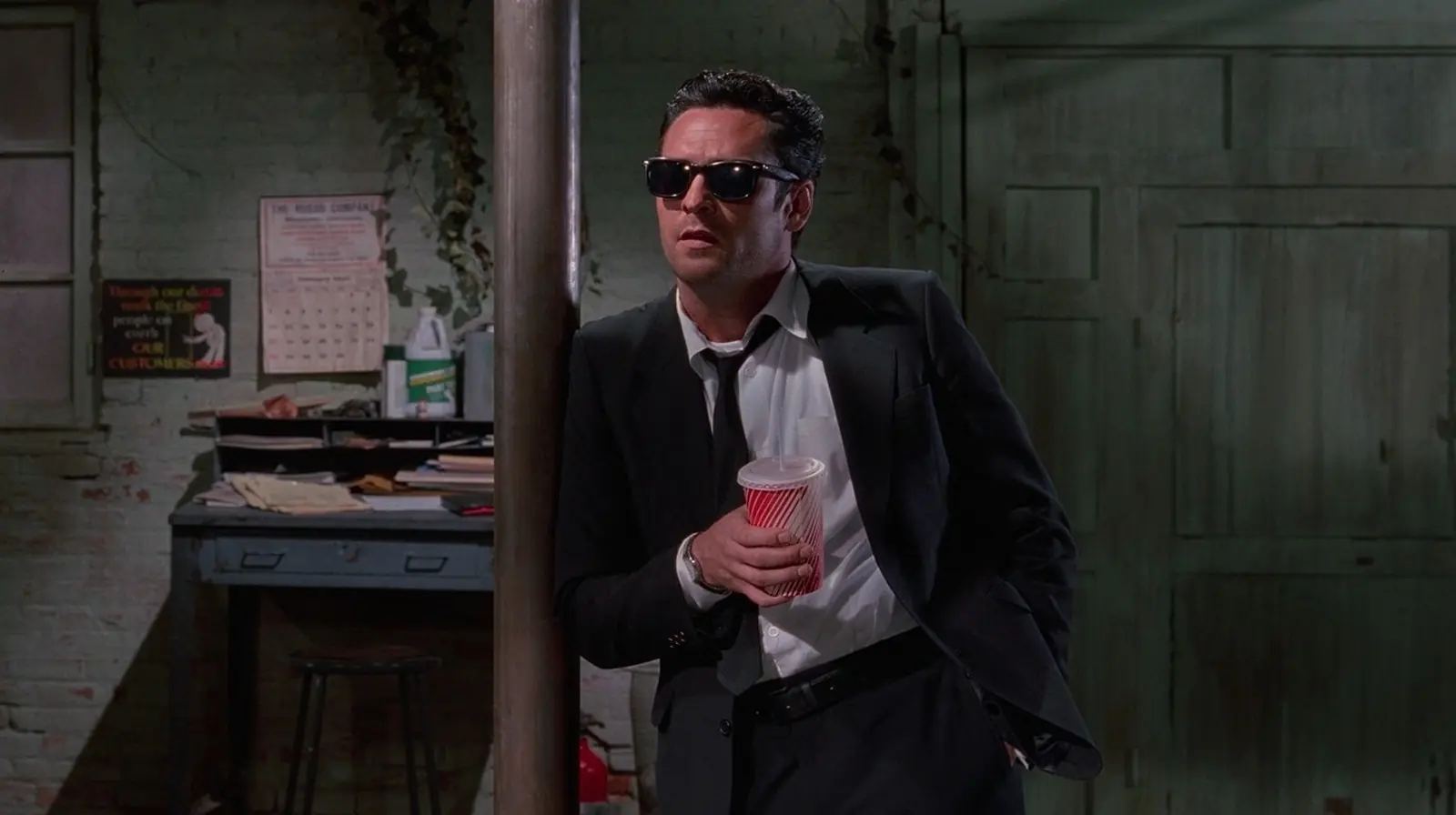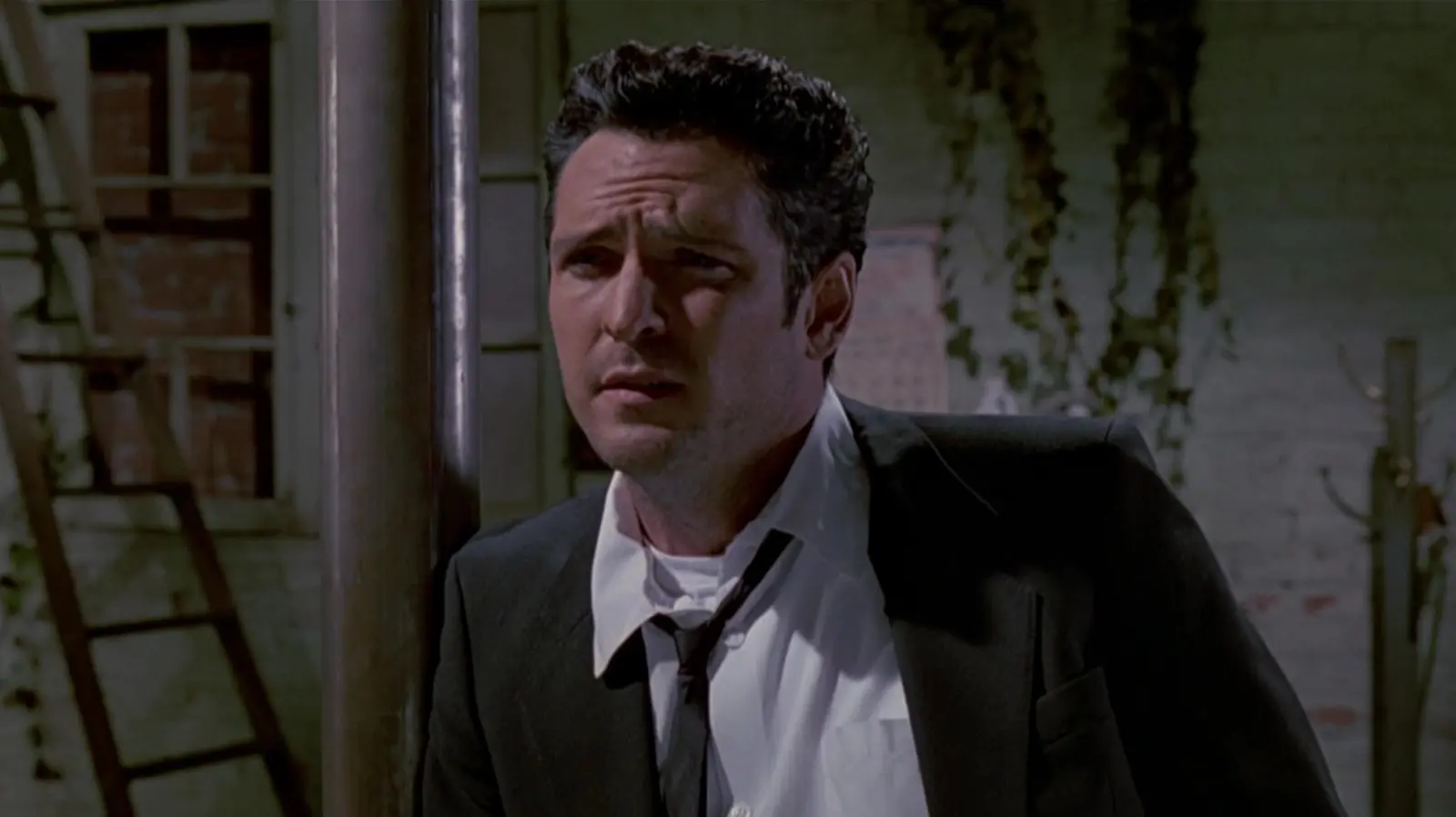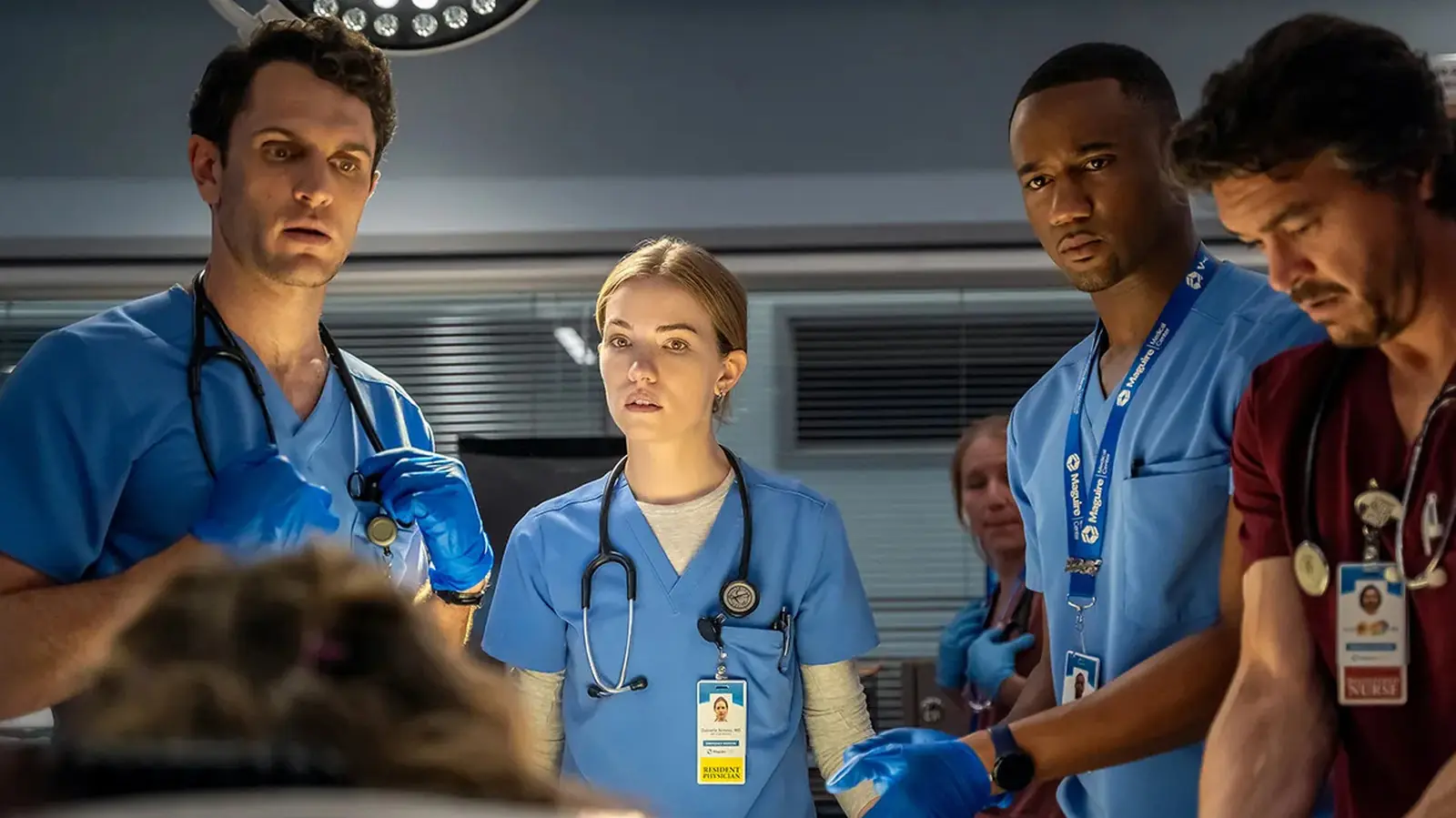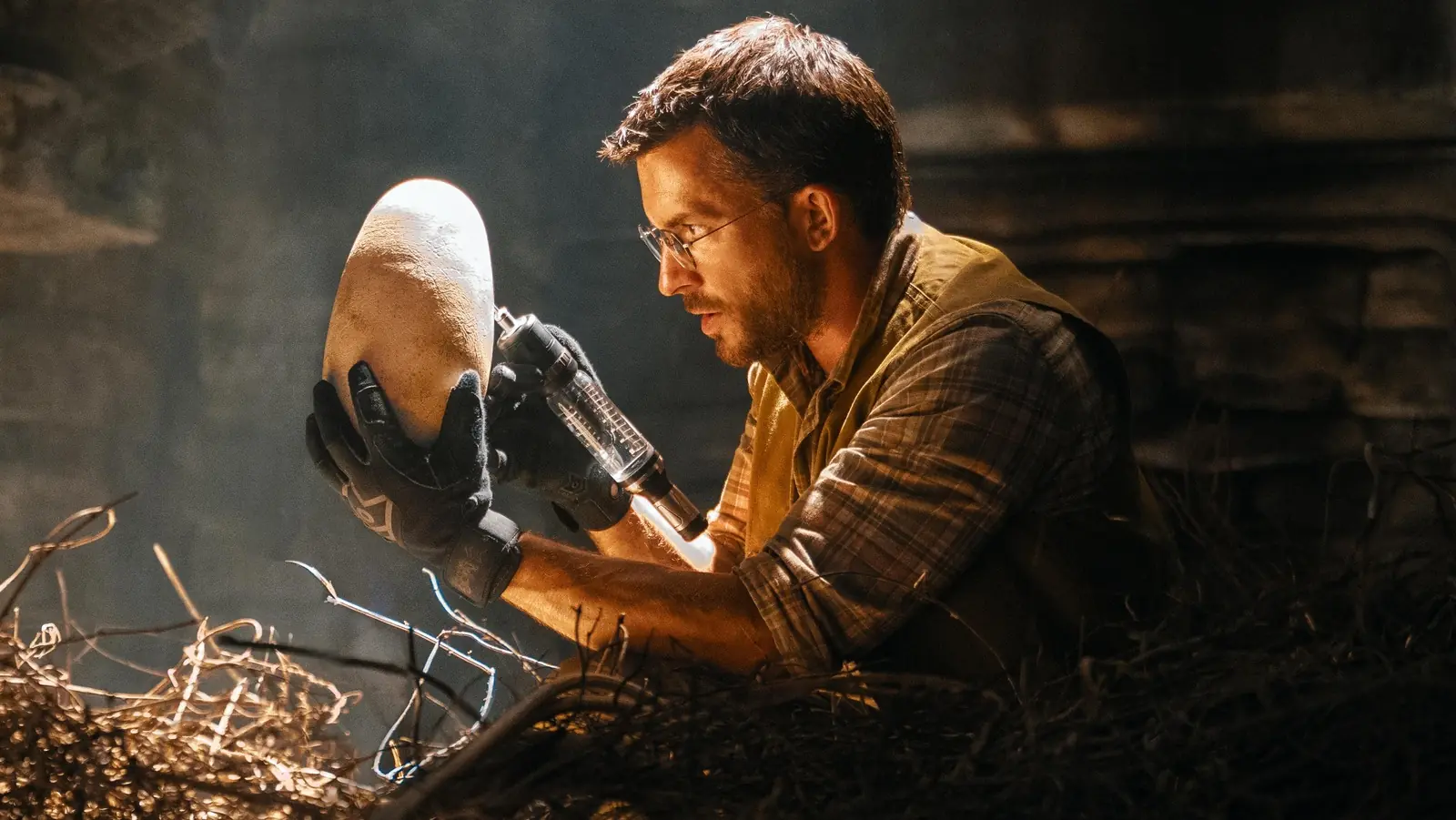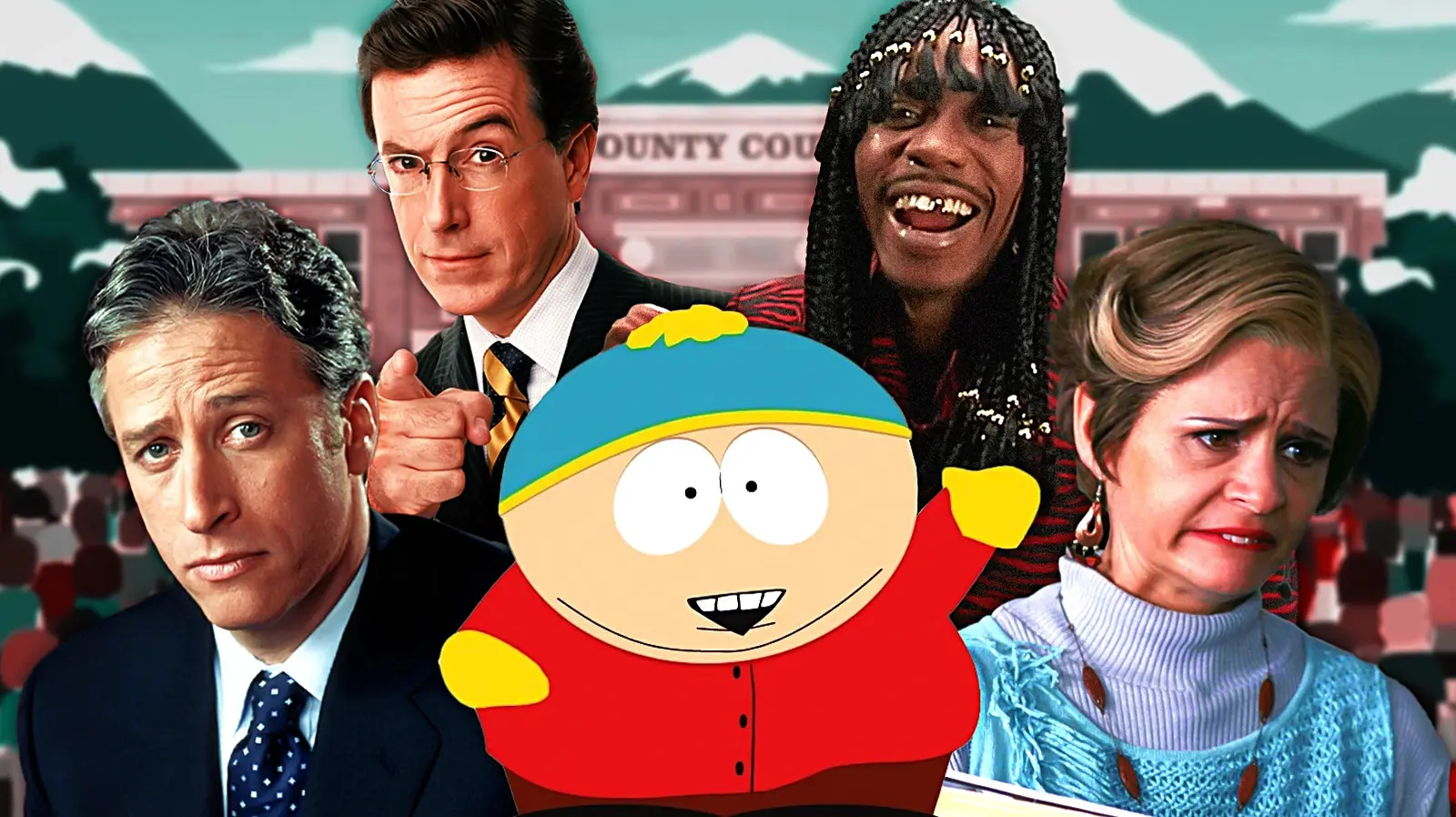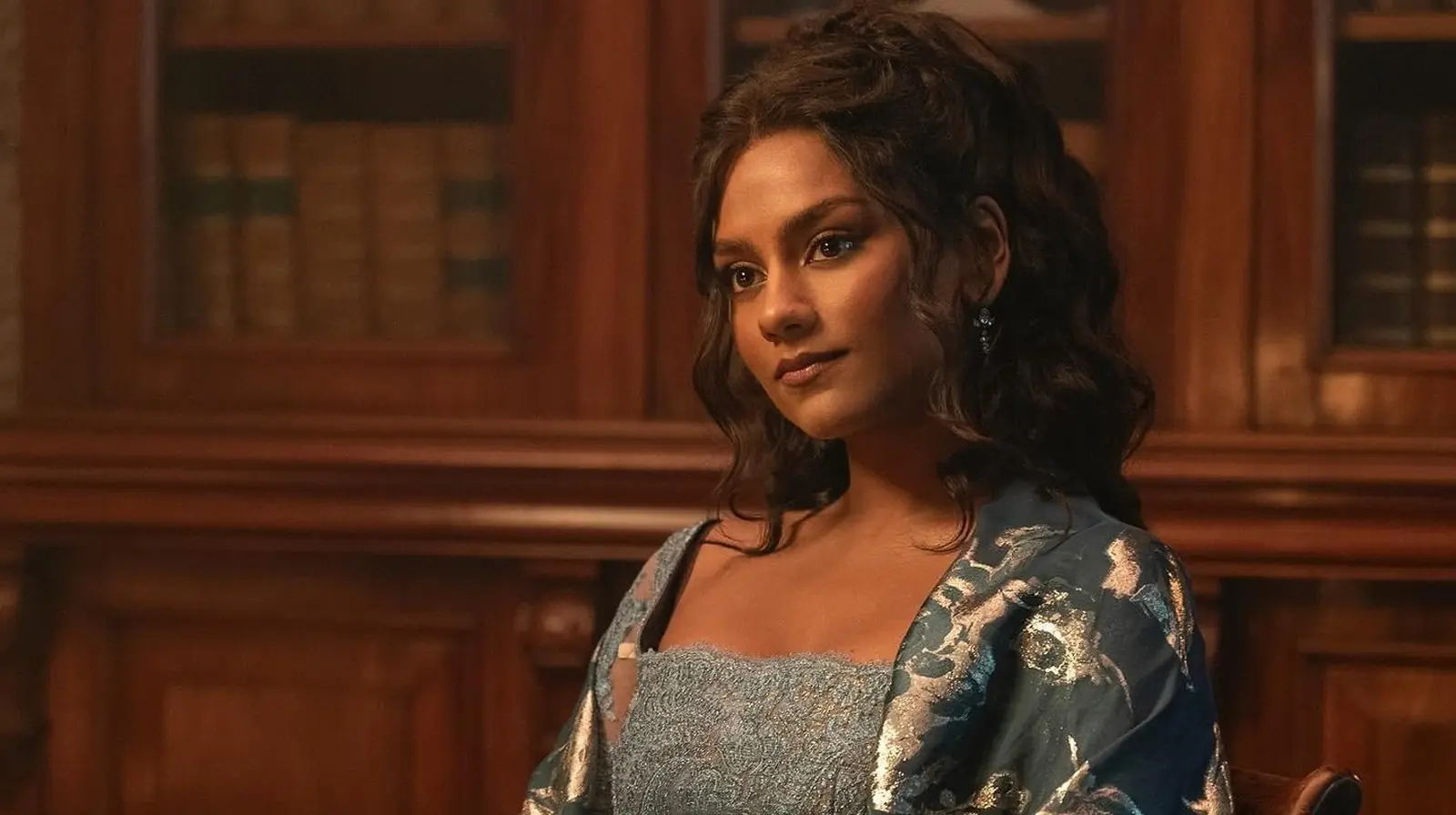Quentin Tarantino, celebrated for his distinctive style and storytelling, almost embarked on a cinematic journey that would have thrilled fans of his work. In an alternate timeline, the iconic director planned to reunite Michael Madsen and John Travolta, actors from his famed universe, in a movie that would bridge two of his celebrated films. This concept promised to meld the intrigue of Tarantino’s crafted worlds, tantalizing fans with what might have been.
The idea centered on two of Tarantino’s most memorable supporting characters: Vic Vega, portrayed by Michael Madsen in the gritty “Reservoir Dogs,” and Vincent Vega, brought to life by John Travolta in the cult classic “Pulp Fiction.” These characters, brothers in the unwritten Tarantino lore, were envisioned to unite in a compelling crossover film. Tarantino’s idea not only excited his followers but also reignited discussions about the director’s interconnected cinematic universe.
Despite never reaching fruition, the concept of a Vega boys film highlights Tarantino’s genius for expanding on character backstories. This potential project was to explore the dynamics between the Vega brothers, delving into their criminal entanglements. It was an opportunity to showcase the synergy between Madsen and Travolta under Tarantino’s direction as they navigated a narrative that intertwined humor, tension, and the trademark dialogue that Tarantino is known for.
Tarantino’s vision for this blockbuster featured the blend of action and dialogue that has come to define his legacy. The brothers, each a ruthless character in his universe, would supposedly tackle a series of escalating events, injecting trademark dark humor into a story that likely would have tied into the rich tapestry of Tarantino’s wider filmography. Fans who have long theorized the connections between Tarantino’s movies were hoping to see those links explicitly explored on screen.
Michael Madsen, with his characteristic charisma as the volatile Vic Vega, and John Travolta, reimagining his role as the cool, philosophical Vincent Vega, were the perfect duo for such a narrative. Their dynamic, only hinted at through Tarantino’s existing films, would have undoubtedly been an engaging aspect of the proposed movie. Other than a reunion between these unique personalities, it could have served as a narrative exploration of the brothers’ operations, motivations, and perhaps even their downfalls.
However, like many Hollywood dreams, the Vega Brothers concept remained unrealized. Tarantino’s inclination towards completing ten films as a part of his filmmaking legacy might have influenced the decision to shelve this idea, considering the director’s limited directorial plans. As of now, Tarantino stands firm on making every new project count towards his storied career’s closure.
Nonetheless, the discourse surrounding the Vega brothers persists amongst Tarantino enthusiasts. The speculation is not merely confined to “what might have been,” but also extends to how such a film could have influenced or sat within his oeuvre. It raises questions on how a crossover would fit thematically and stylistically alongside Tarantino’s existing films. His movies often blur the lines between standalone narratives and interwoven universes, creating fertile ground for fan theories and discussions.
In the context of modern filmmaking, where franchises and interconnected stories are ever-popular, Tarantino’s vision reflects an intriguing “what-if” scenario. It was a precursor to contemporary cinematic universes seen in other franchises that capitalize on interconnected storytelling. Tarantino’s fans have perpetually appreciated the niche, detailed ways he connects his worlds, with this unmade film representing a pinnacle of such ambitions.
The notion of a Tarantino crossover fit perfectly into an era where audiences eagerly engage with familiar characters and settings across multiple films. It offered a remarkable space for substantive emotional and narrative development that remains a hallmark of quality filmmaking. Even if never realized, this proposed project highlights Tarantino’s ability to captivate the imaginations of audiences across the globe, leaving them eager for every new undertaking from the director.
The never-produced film serves as yet another chapter in the realm of potential brilliance that lingers on the fringes of Tarantino’s extraordinary imagination. His legacy already cemented by acclaimed projects, the idea of uniting two memorable members of the Vega family remains a testament to the creative possibilities within his unique cinematic universe. The very thought of it continues to fuel curiosity and discussion, sustaining Tarantino’s enduring influence in the world of cinema.
Though the Vega brothers will not grace the screens as once imagined, their existence in Tarantino’s realm underscores his talent for character creation and storytelling. It’s a window into an alternative narrative that could have expanded our view of the Vega siblings beyond their individual appearances in two separate films.
Ultimately, while it is a tantalizing vision that may never come to pass, the discussion around it highlights both Quentin Tarantino’s creative breadth and the enduring allure of the filmic universes he fashions. The legacy of the concept alone stands as a testament to his storytelling prowess and his seminal role in modern cinema.

